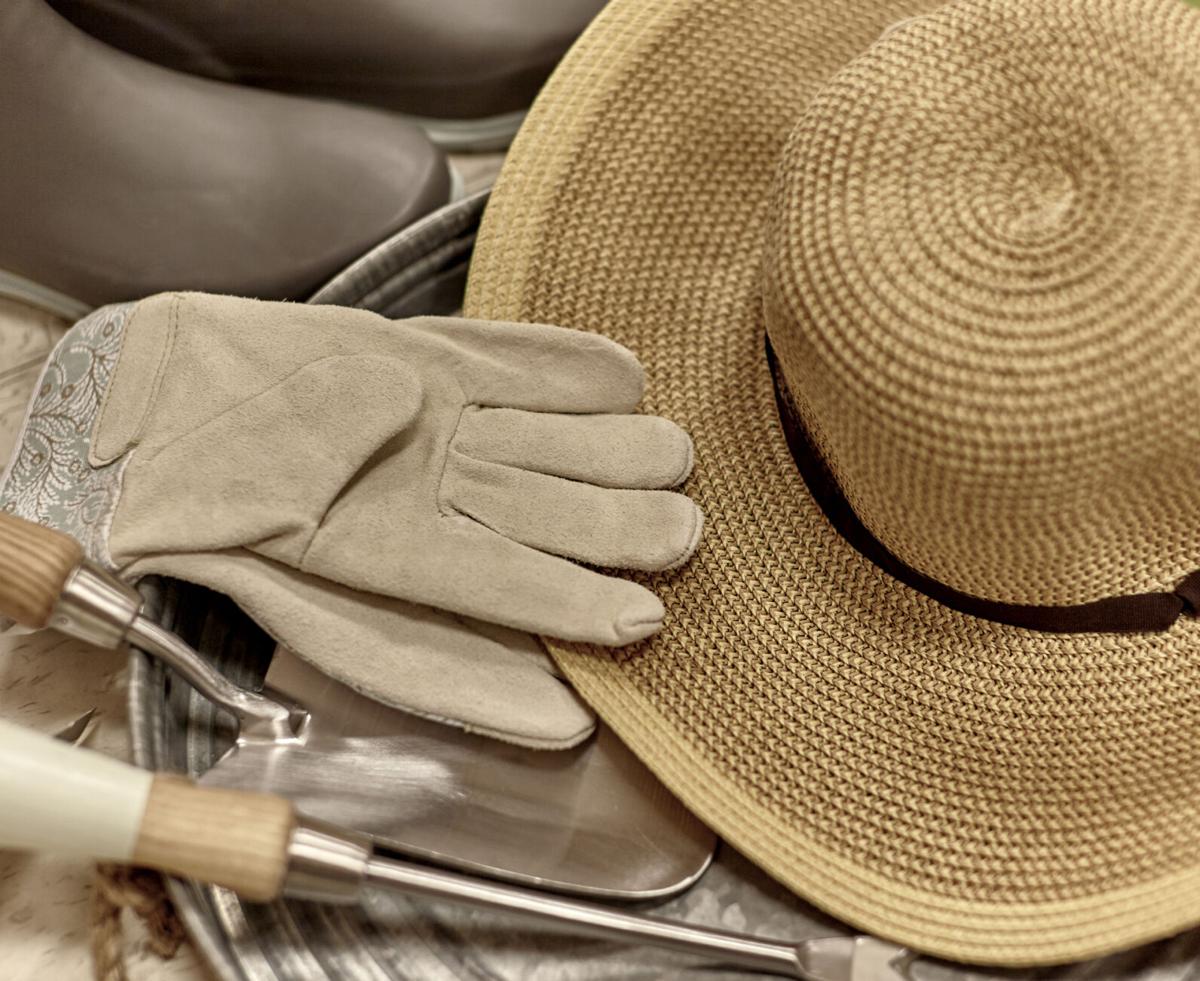Gardening is a relaxing pursuit which helps us switch off our worries and focus on the beauty around us. However, as with any outdoor-based activity, it does have some hazards.
The Consumer Products Safety Commission collects data on injuries including various gardening-related mishaps. In 2022, there were an estimated 150,000 injuries from garden tools and equipment alone. Many injuries are likely under-reported, since many strains, sprains and minor injuries do not get treated in the medical system.
In addition to these common injuries, our desert environment, thorny plants and venomous wildlife make for some unique hazards.
Here are some tips to ensure your gardening experience is safe and fun. Some of these may seem obvious, but you would be surprised how often people don’t do them.
1. Hitting an electrical or gas line as you’re digging your pond or veggie bed will seriously ruin your day, so always call 811 before you dig to have a utility locator mark out your utility lines. You can also visit their website and submit an online ticket. It usually takes only a couple of days to schedule someone to come out and mark everything. They will even mark out cable and internet if you request it, so you can avoid costly damage to these less critical utilities, as well. If by chance you do hit a gas line or you smell gas in the area after digging, call 911 and your gas utility’s emergency number immediately. The number for Southwest Gas is 1-877-860-6020.
2. Wear long sleeves and pants along with a hat and sunscreen and closed-toe shoes. This is not only to protect you from the sun but also from thorns and desert critters. In addition, many plants secrete substances that irritate the skin, so you want to avoid skin contact as much as possible. I always take a shower after any particularly intensive gardening and pruning to wash any irritants and allergens off.
3. Always wear glasses such as safety glasses or sunglasses. Sharp branches and thorns can easily injure your eyes and may be difficult to avoid, particularly if you’re reaching into a plant bed, pruning or planting. If you’re wearing a wide-brimmed hat (as you should be) it may block some of your peripheral vision and branches can come out of nowhere.
4. Do not stand under branches when pruning. This sounds obvious, and most people wouldn’t do it with large tree branches, but even small branches can fall on your head or face unexpectedly and injure you if you’re not paying attention. Remember that many of our plants have wicked thorns and protect yourself from injury. As mentioned above, this is where safety glasses are critical; never prune without them.
5. Take extreme care when using ladders or stools. The Consumer Products Safety Commission reported about 214,000 ladder or stool-related injuries in 2021 that required hospital treatment. Ladders account for about a third of all gardening-related injuries. It’s very easy to lose your balance or slip, which can result in anything from broken bones to concussions and even death.
6. Do not step or reach somewhere you can’t see. Always be on the lookout for venomous critters such as rattlesnakes, scorpions and black widow spiders. They like to hide under plant pots, under rocks, and even in irrigation boxes. They are also very difficult to see, but rattlesnakes will frequently (but not always) give off a warning rattle if they see you coming too close. Just be aware and pay attention to your surroundings, particularly if your yard is surrounded by desert — this is not a good time to have your earbuds in.
7. Drink lots of fluids and take note of how you’re feeling, particularly if it’s hot outside. It’s very easy to get heat stroke during our hot weather. If you start feeling shaky, nauseated, tired or feel like you’re not thinking clearly, head indoors immediately. In our climate, you can also easily get dehydrated, even in cooler weather. The best measure of whether you’re drinking enough is to see how much urine you’re producing. If you haven’t gone to the bathroom for hours after your activity, you’re definitely not drinking enough.
8. Don’t lift tools or other items overhead unless you have a good grip on them and watch the weight. In our day and age, many of us aren’t as active as we ought to be. When we go from our desk job or our Netflix binge to work on our gardens, we may overestimate our agility and strength. A common injury, particularly as we age, involves the rotator cuff in the shoulder, and one of the most common ways to injure that group of muscles is to lift something over our heads with poor form. Don’t ever lift anything in a way that causes you to rotate your shoulder behind your head. Keep overhead items in front of you.
9. Speaking of lifting and muscle injury, don’t get too enthusiastic about those heavy mulch or soil bags. Lift carefully using your legs and use tools such as wheelbarrows to carry heavier items. Don’t overload your wheelbarrow, though. Most people underestimate how easily these tip to the side, and you may end up with a different back injury trying to keep it upright.
10. Don’t leave tools lying around, lest you re-enact the old slapstick move of stepping on a garden rake and hitting yourself in the face with the handle. Tools on the ground are a trip hazard. This goes for hoses, too. Get a simple tool stand and a hose reel to help organize your space so you’re not tempted to leave your things on the ground.
Taking care of your eyes during the hot summer months is crucial, as the sun's rays can cause significant damage to your eyesight.





